Figures who are only legendary in specific regions
Every corner of the globe is steeped in its own unique myths and legends, stories that have been passed down through generations. These tales often reflect the cultural values and imagination of the regions they originate from. Whether it’s a heroic figure, a mischievous spirit, or a fearsome beast, these legends continue to capture our fascination and inspire curiosity in the unknown.
The Enigmatic Paul Bunyan of Northwoods America
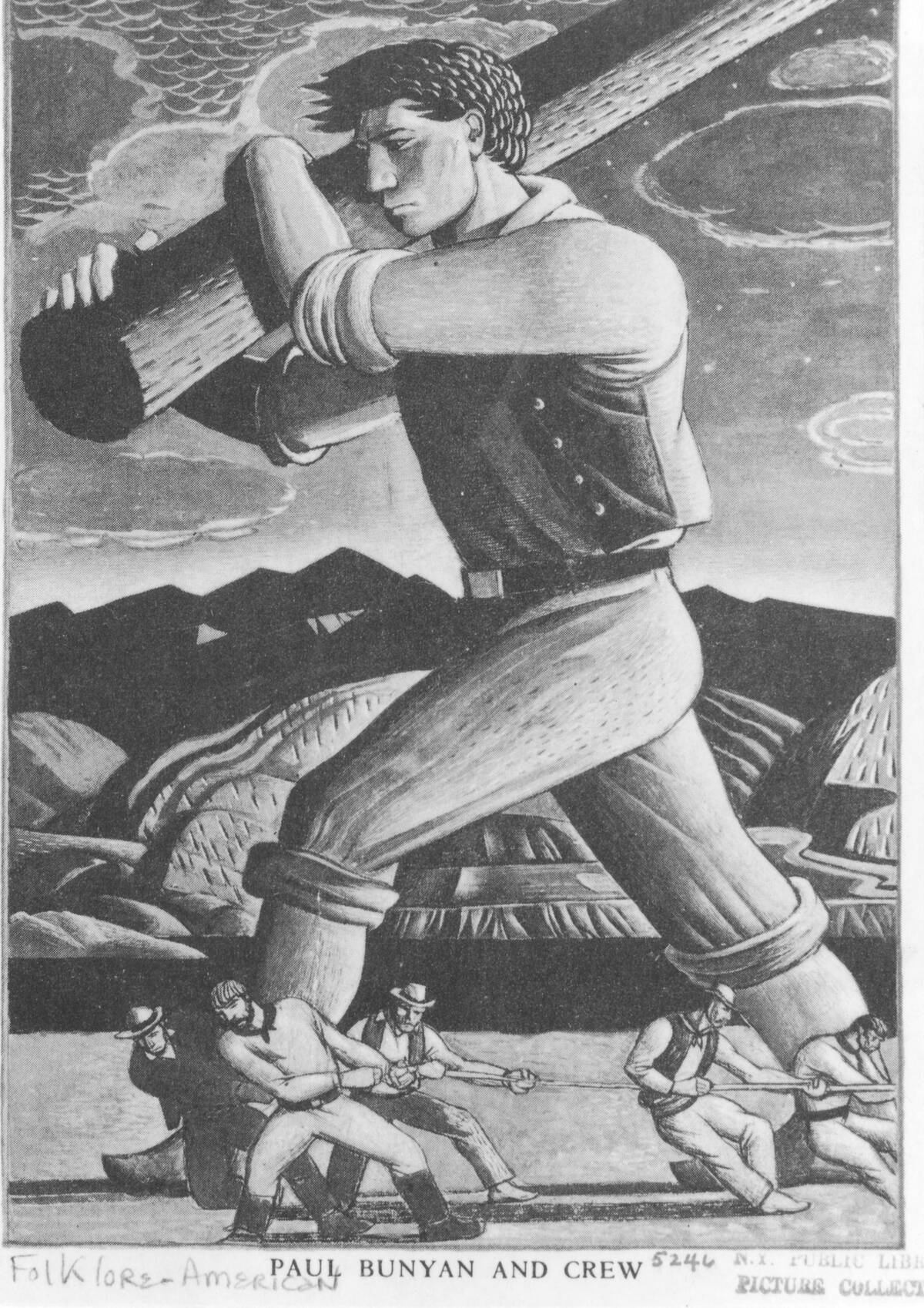
Paul Bunyan, the giant lumberjack of American folklore, is as tall as the tales that surround him. Known for his immense size and strength, Bunyan is said to have carved out the Grand Canyon with his ax and created the Great Lakes as a watering hole for his massive blue ox, Babe. These stories, originating in the logging camps of the United States, reflect the rugged spirit and humor of early American pioneers.
Japan’s Beloved Tanuki: More Than Just a Folktale
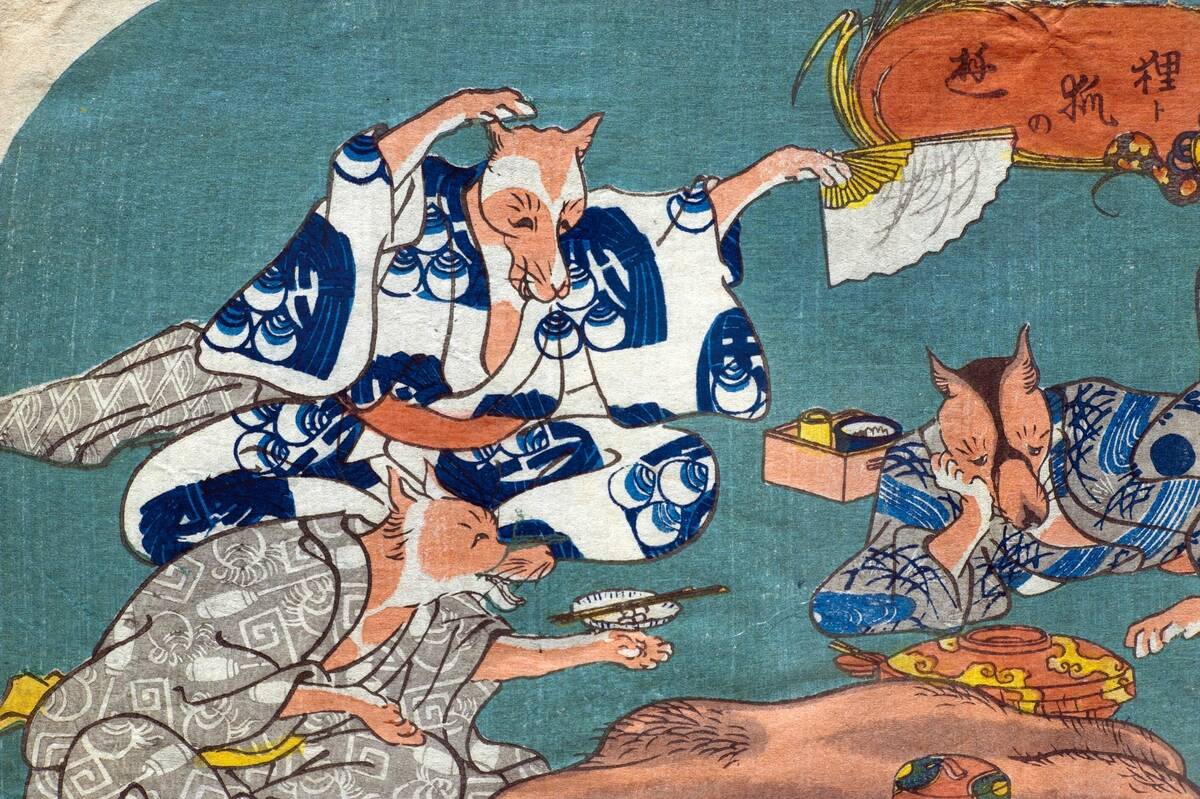
In Japanese folklore, the tanuki is a shape-shifting creature often depicted as a raccoon dog. Known for its mischievous nature, the tanuki is said to use its magical powers to deceive humans for fun. Despite its trickster reputation, the tanuki is also seen as a symbol of good fortune and prosperity, often depicted in statues outside Japanese homes and businesses.
Ned Kelly: Australia’s Controversial Folk Hero
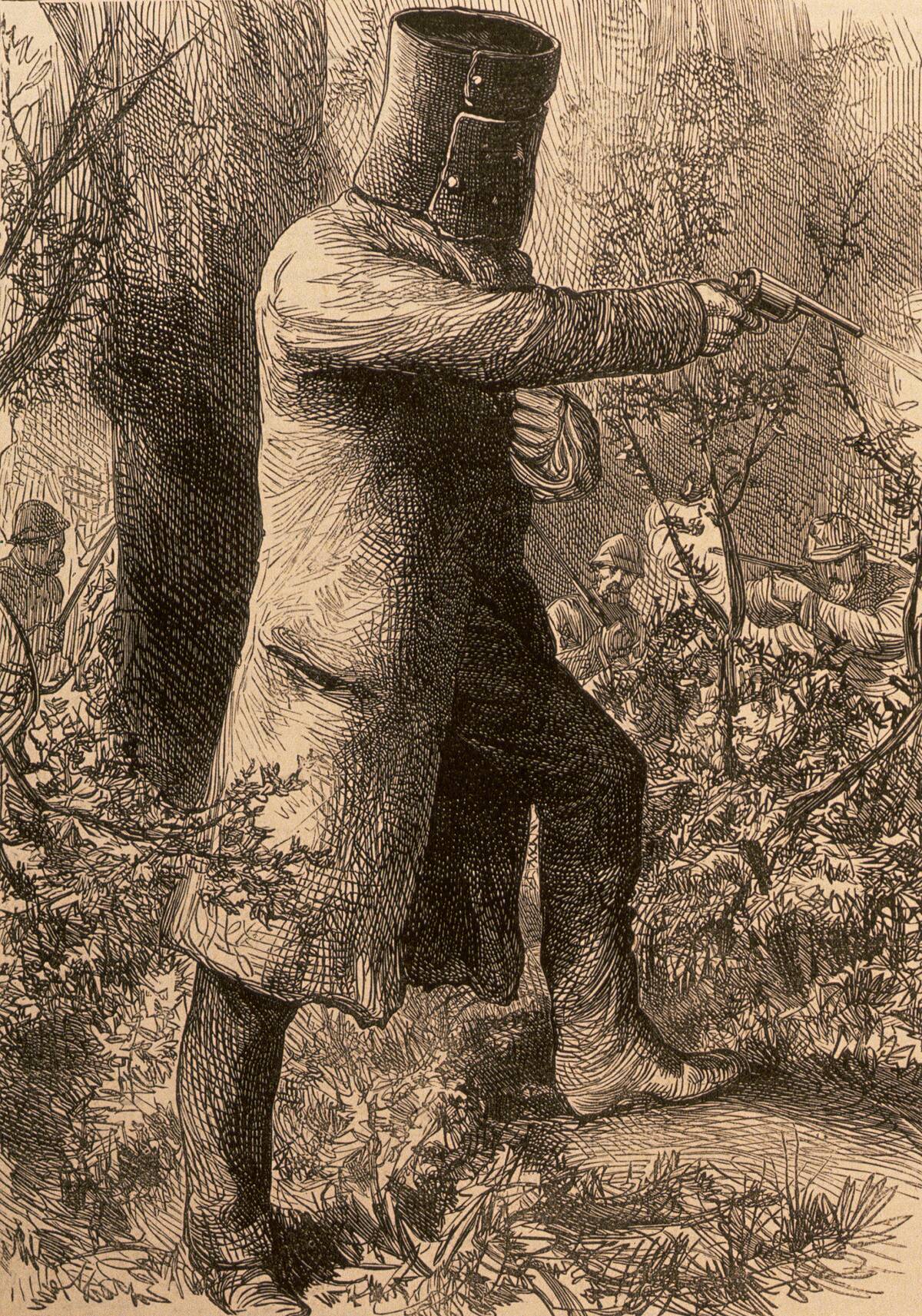
Ned Kelly, the infamous Australian bushranger, remains a divisive figure in history. Some view him as a ruthless outlaw, while others see him as a symbol of resistance against colonial authority. His final stand at the Glenrowan Inn, clad in homemade armor, has become the stuff of legend, sparking debates about his legacy as either a hero or villain in Australia’s cultural narrative.
Robin Hood: The Outlaw of Sherwood Forest
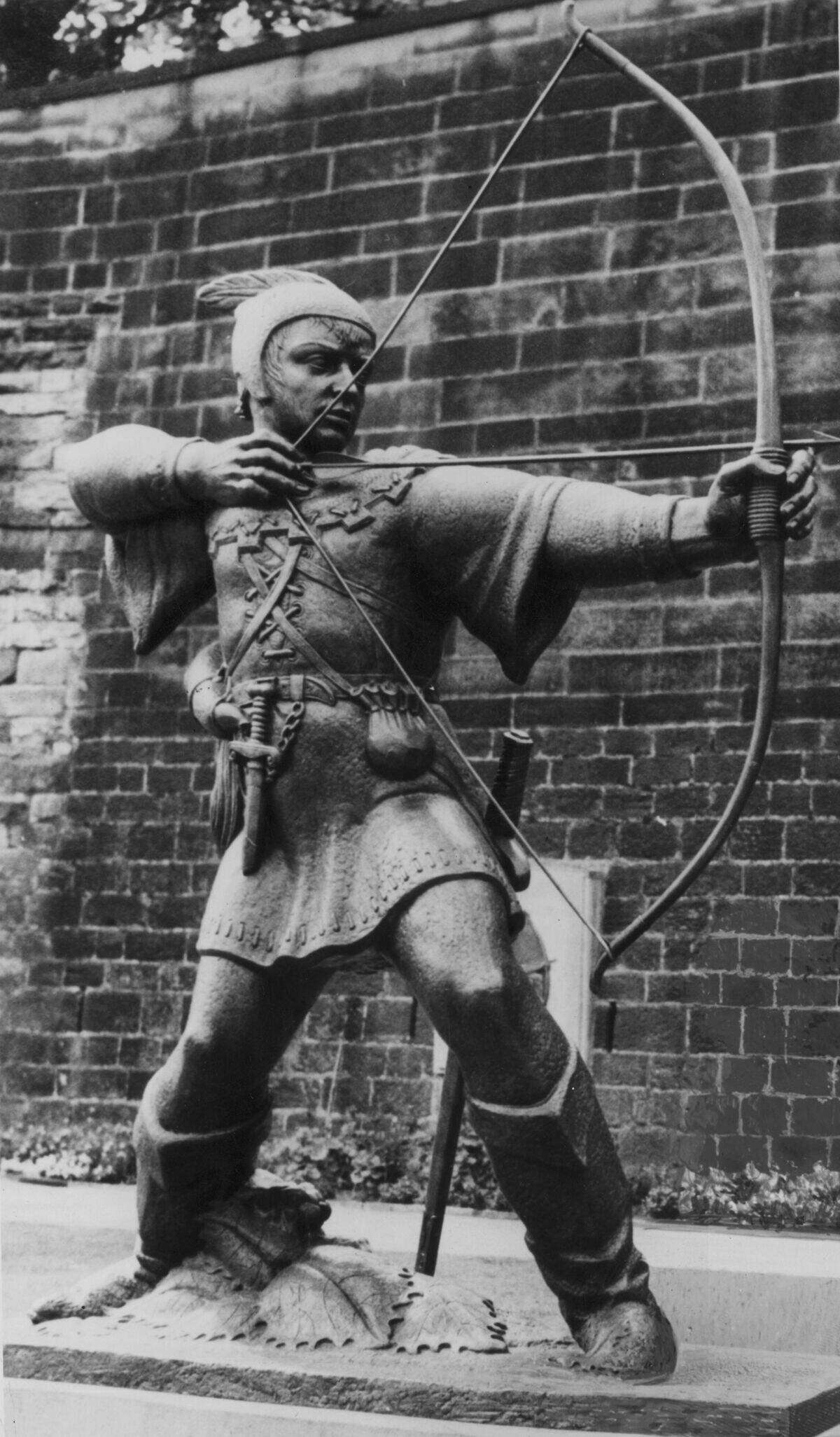
Robin Hood, the legendary outlaw of Sherwood Forest, is best known for his motto “robbing from the rich and giving to the poor.” The tales of Robin and his band of Merry Men have been told for centuries, painting him as a champion of the underprivileged. While historians debate the existence of a real-life Robin Hood, his spirit of rebellion and justice continues to inspire countless adaptations.
The Mysterious Spring-Heeled Jack of Victorian England
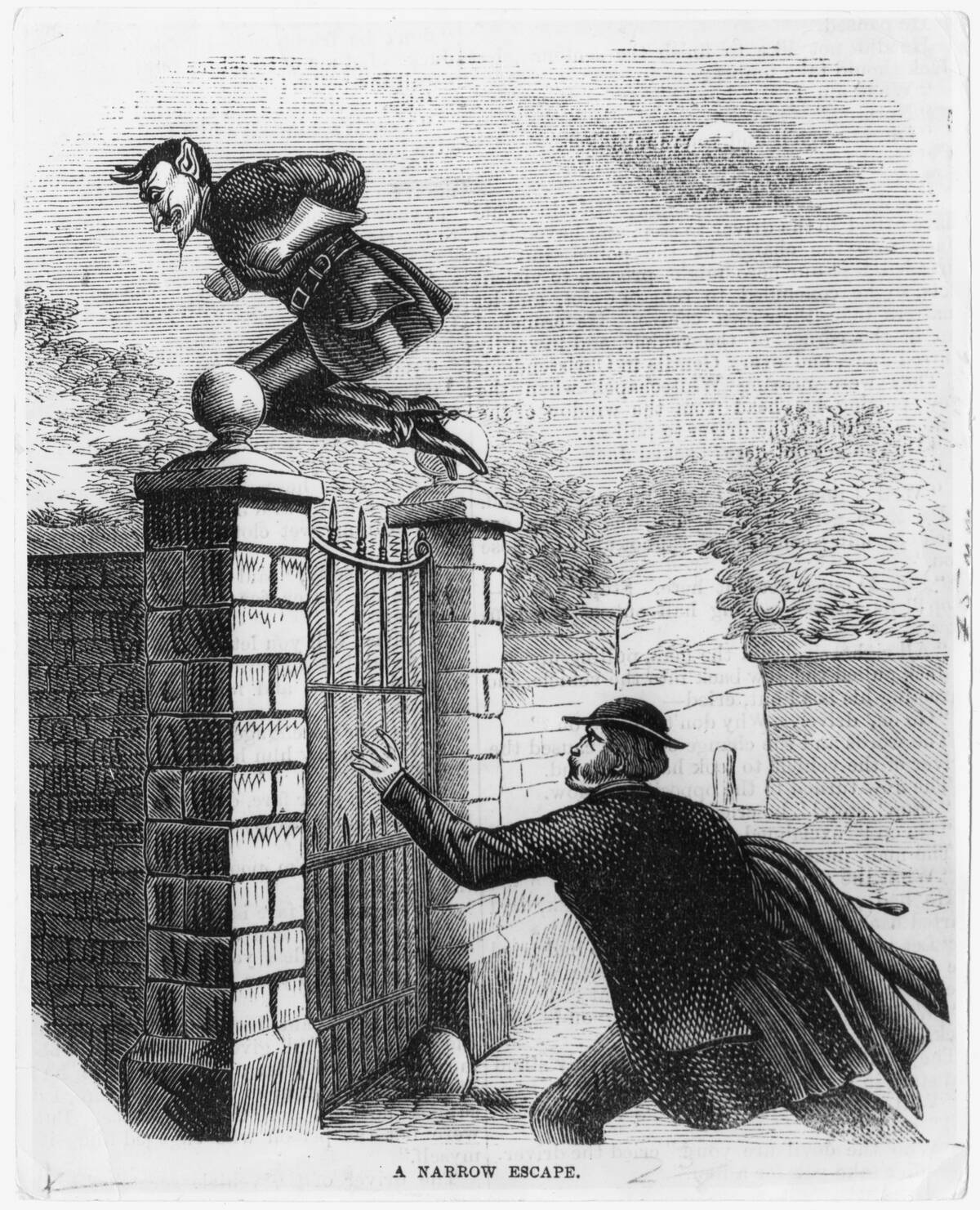
Spring-Heeled Jack was a mysterious figure that haunted Victorian England, known for his bizarre appearance and ability to leap great distances. Described as having a devil-like visage, complete with a sinister grin and clawed hands, Jack became a subject of sensational newspaper reports and public fear. Despite numerous sightings, the true identity of Spring-Heeled Jack was never uncovered, leaving his legend shrouded in mystery.
El Chupacabra: The Cryptid of Latin America
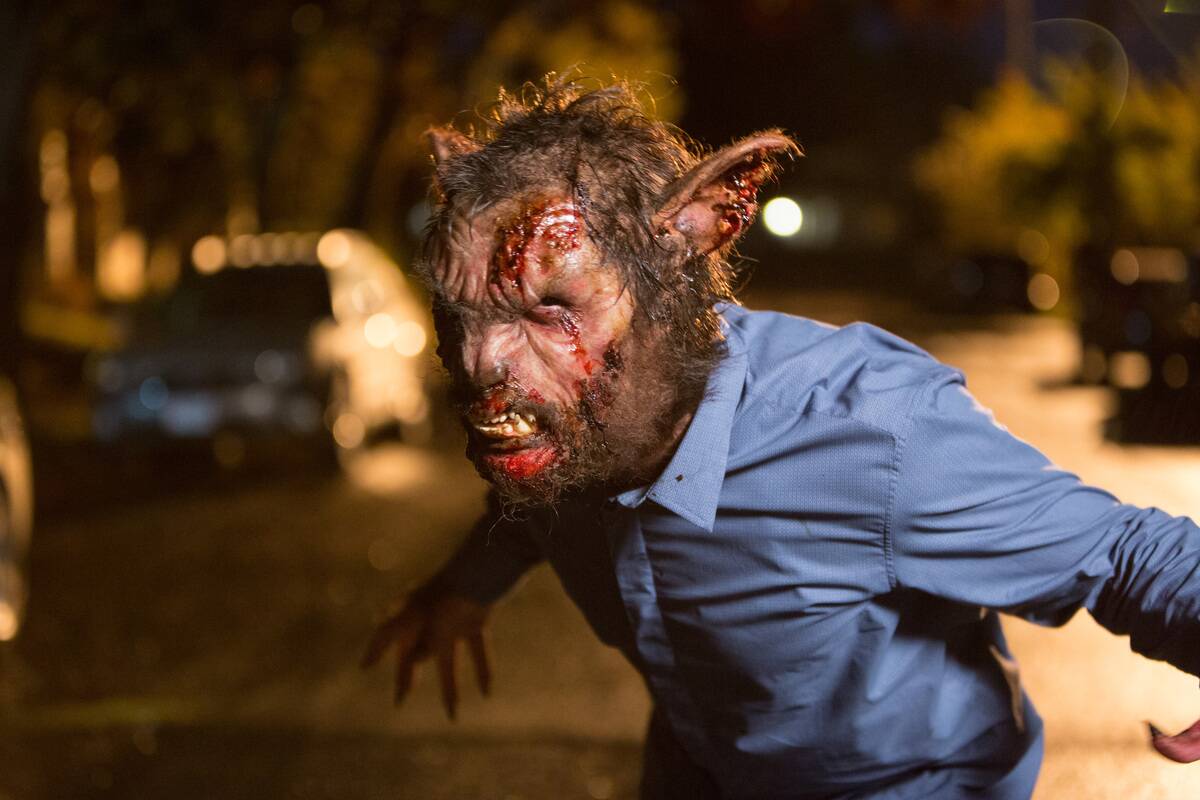
El Chupacabra, meaning “goat-sucker” in Spanish, is a legendary creature said to inhabit parts of Latin America. First reported in Puerto Rico in the 1990s, the Chupacabra is blamed for the mysterious deaths of livestock, found drained of blood. Descriptions of the creature vary, with some depicting it as a reptilian beast, while others see it as a hairless dog-like animal, sparking debates and fear among local communities.
The Charismatic Cú Chulainn of Irish Myth
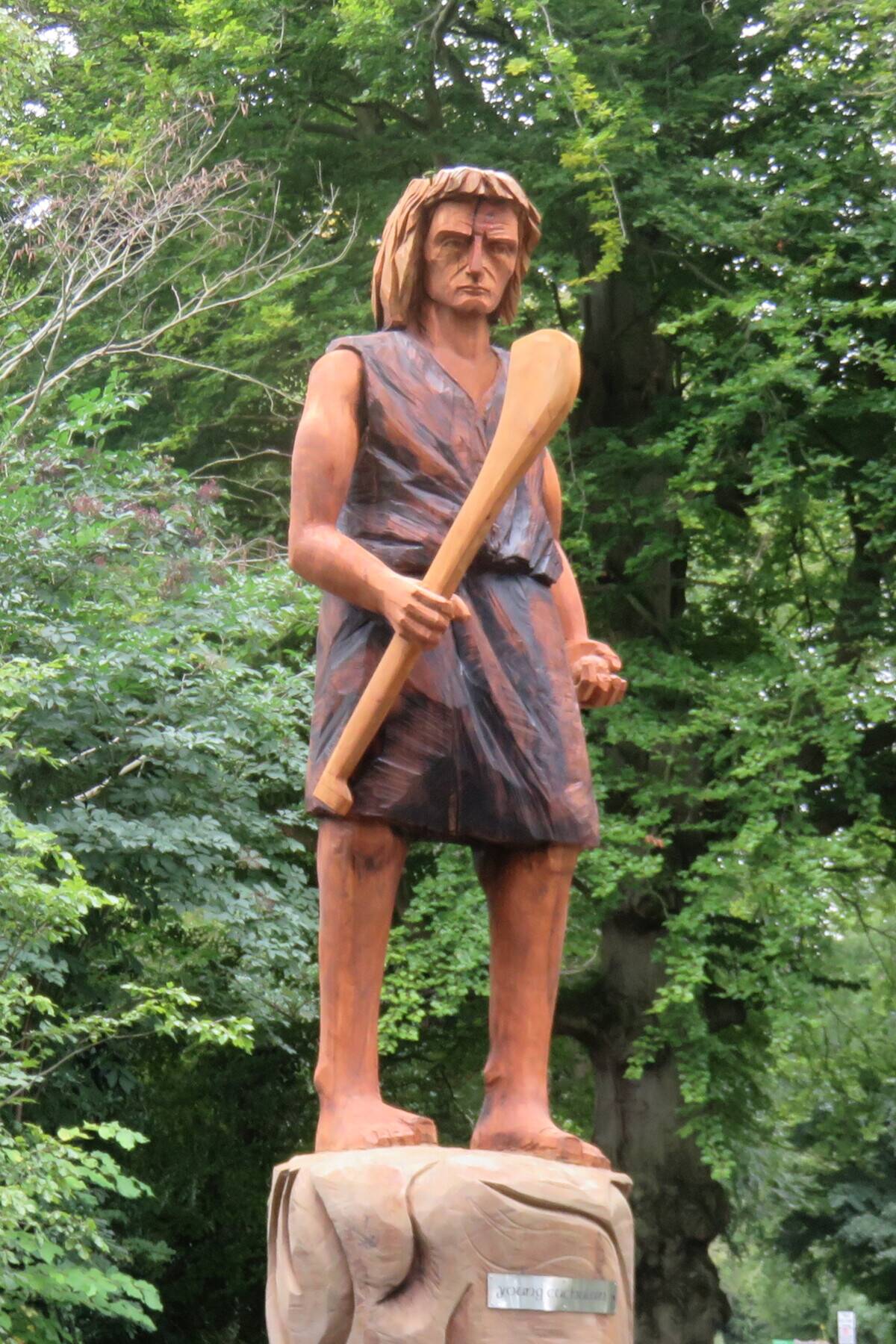
Cú Chulainn, one of Ireland’s most famous mythological heroes, is renowned for his superhuman abilities and tragic fate. Known as the Hound of Ulster, Cú Chulainn is a central figure in the Ulster Cycle, a collection of medieval Irish legends. His tales of bravery, loyalty, and tragic demise have made him a symbol of Irish pride and strength, celebrated in literature and folklore.
The Kappa: Japan’s Mischievous River Spirit
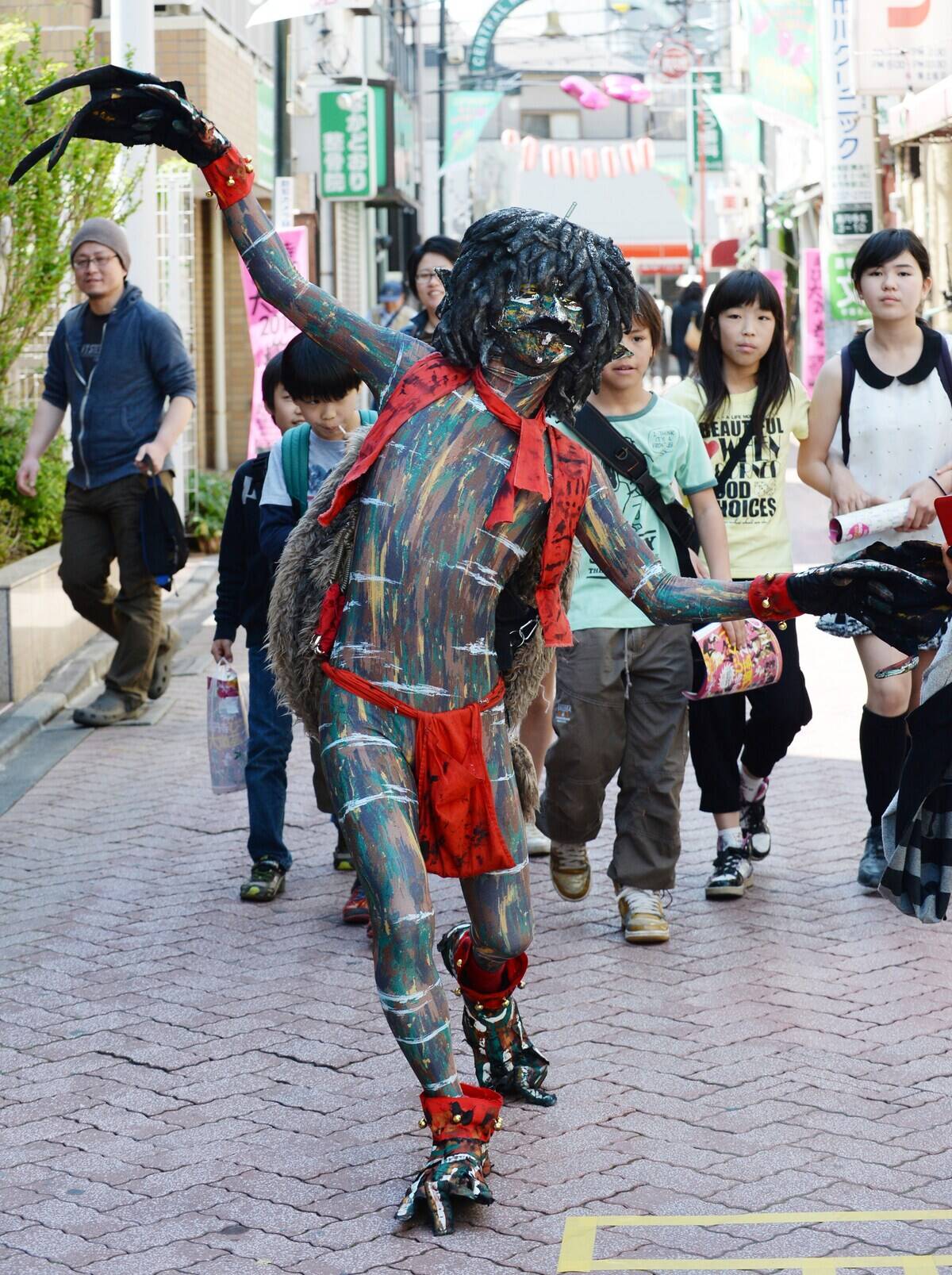
The kappa is a water-dwelling creature from Japanese folklore, often described as a green, turtle-like being with a water-filled dish on its head. Known for its pranks and fondness for cucumbers, the kappa is also feared for its dangerous tendencies. Legends warn that it can drag people into the water, but it can be appeased with offerings or tricked into spilling the water from its head, rendering it powerless.
New Zealand’s Taniwha: Guardians or Monsters?
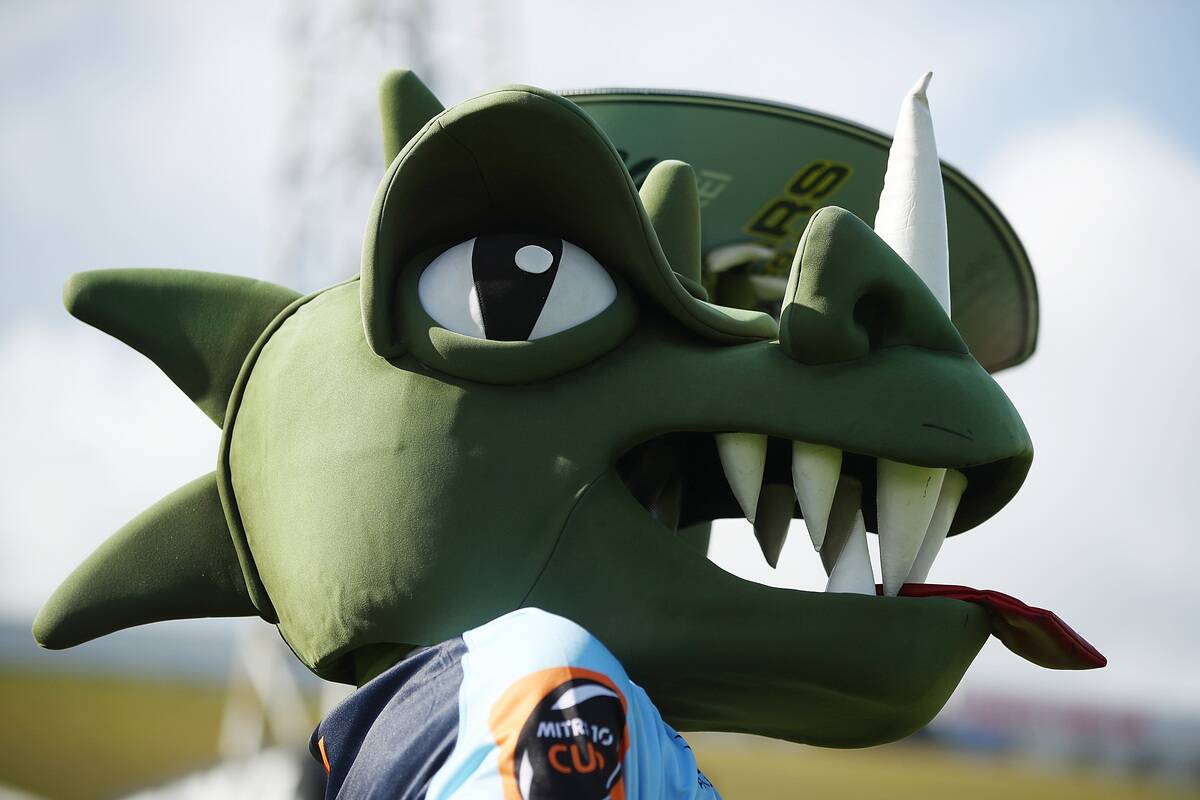
In Māori mythology, the taniwha are powerful creatures that inhabit waterways, caves, and the sea. These beings are seen as both protectors and threats, depending on their relationship with local tribes. While some taniwha are revered as guardians, others are feared for their potential to cause harm. The dual nature of the taniwha reflects the Māori’s deep respect and reverence for the forces of nature.
The Legendary King Arthur of Britain
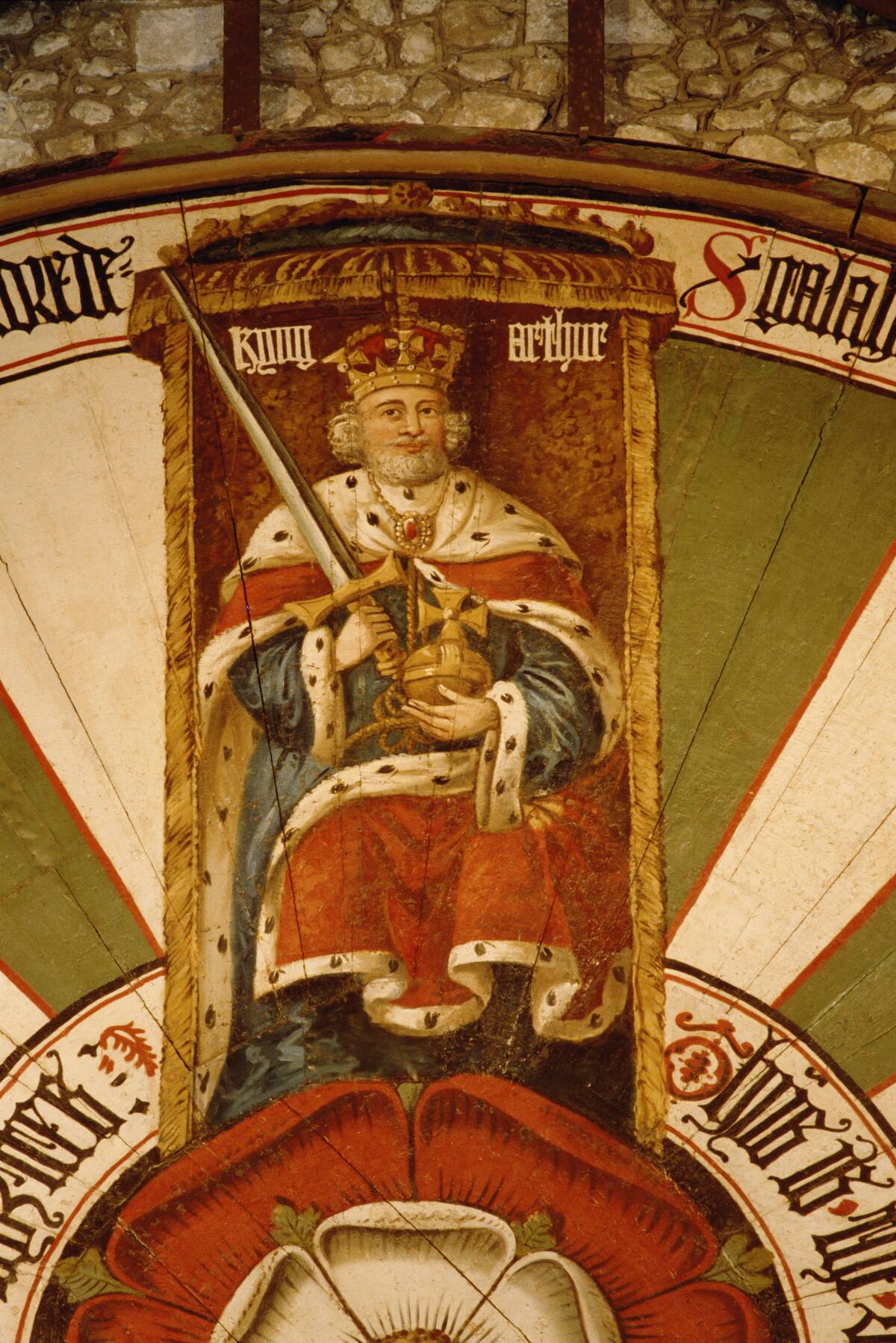
King Arthur, the legendary ruler of Camelot, is a central figure in British folklore. Stories of his noble knights, the quest for the Holy Grail, and the magical sword Excalibur have been woven into the fabric of British cultural identity. While the historical existence of Arthur is debated, his enduring legacy as a symbol of chivalry and heroism continues to captivate audiences worldwide.
The Trickster Anansi from West African Lore
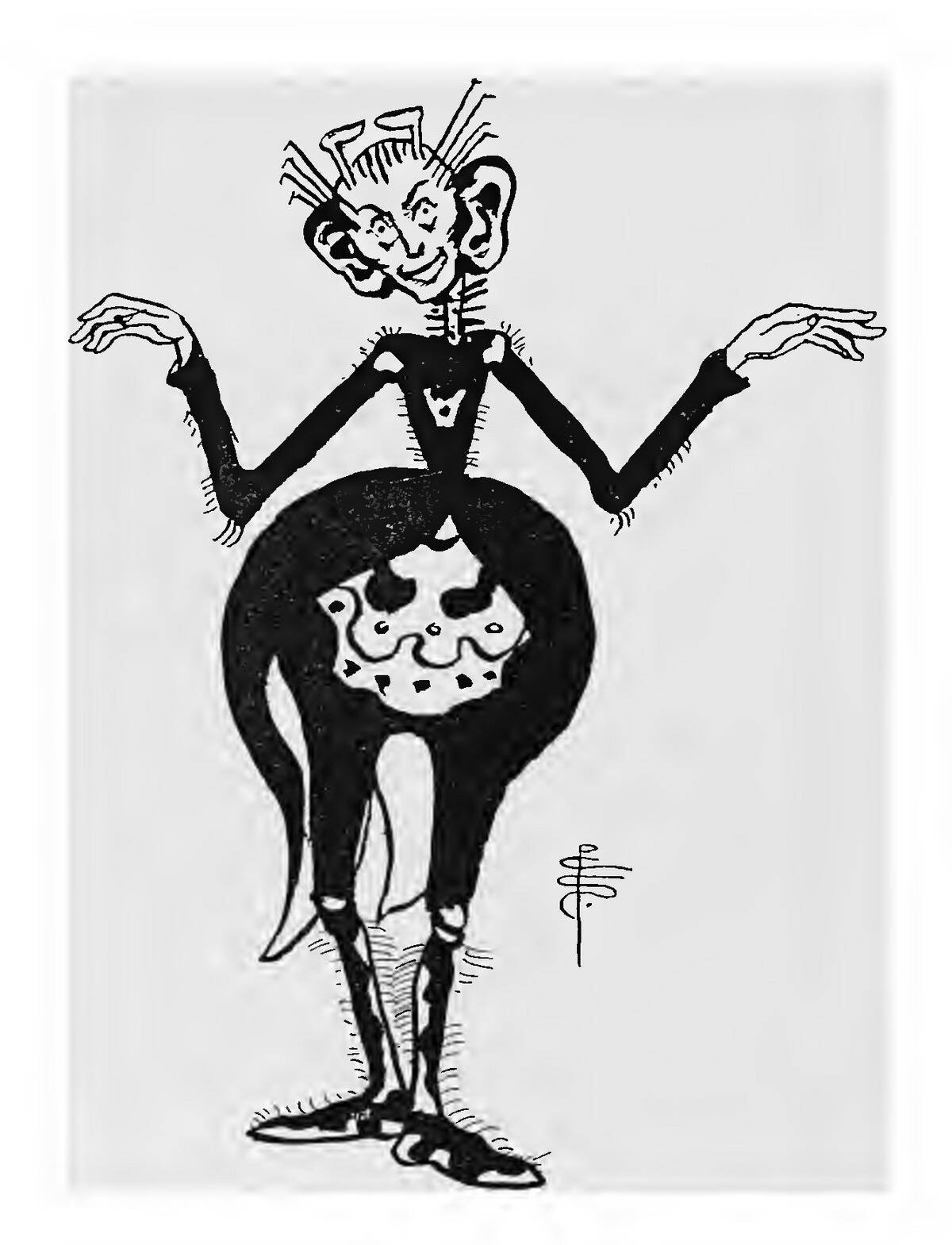
Anansi, the cunning spider from West African folklore, is famous for his cleverness and wit. As a trickster, Anansi uses his intelligence to outsmart others, often teaching valuable lessons through his antics. His stories, which have spread across the globe through the African diaspora, highlight themes of perseverance and ingenuity, making Anansi a beloved figure in storytelling traditions.
Pecos Bill: America’s Cowboy Hero
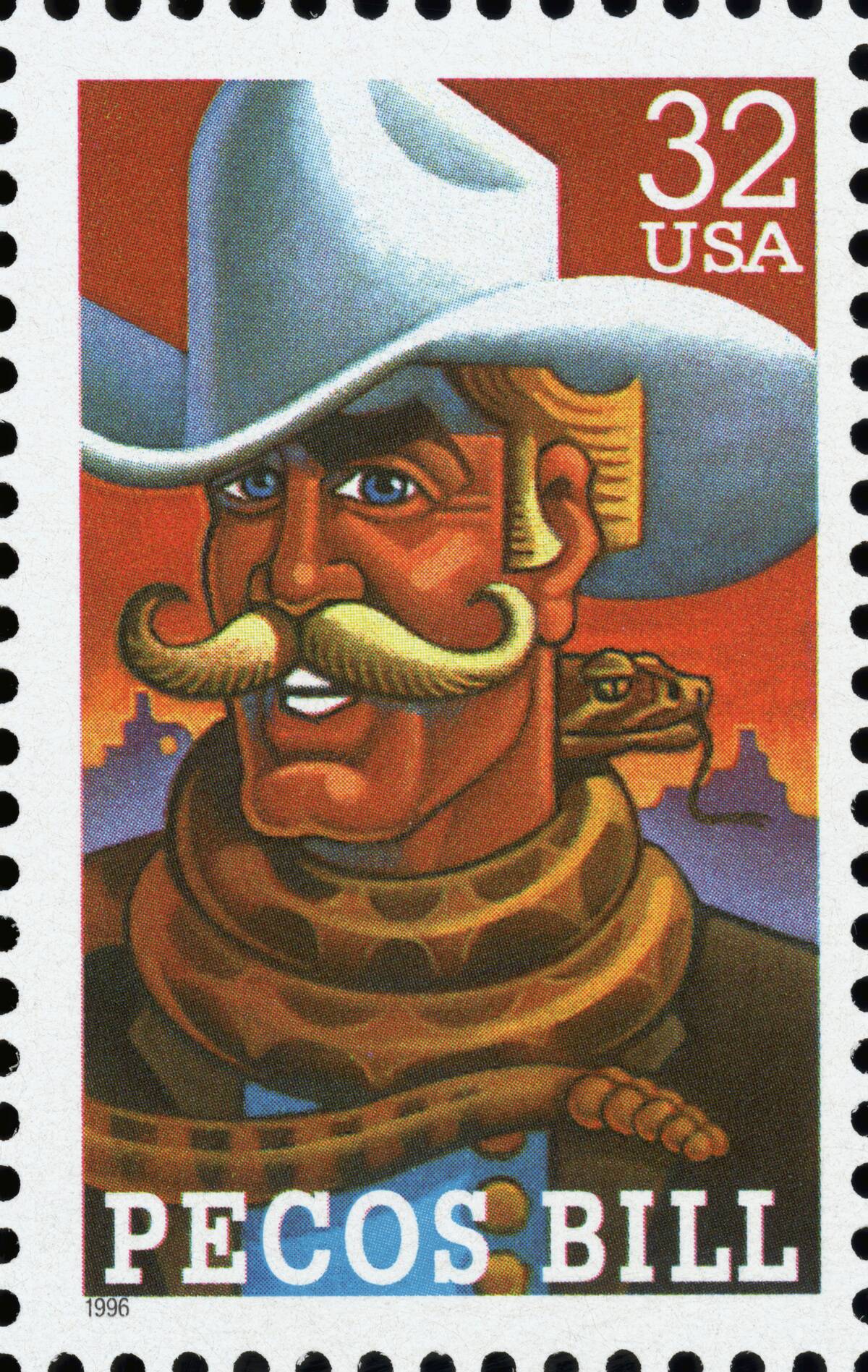
Pecos Bill is a larger-than-life character from American folklore, embodying the rugged spirit of the Wild West. Known for his incredible feats, like riding a tornado and lassoing a lightning bolt, Pecos Bill represents the ideal of the American cowboy. His tales capture the imagination with humor and exaggeration, reflecting the adventurous and untamed nature of the American frontier.
Baba Yaga: The Bewitching Figure of Slavic Folklore
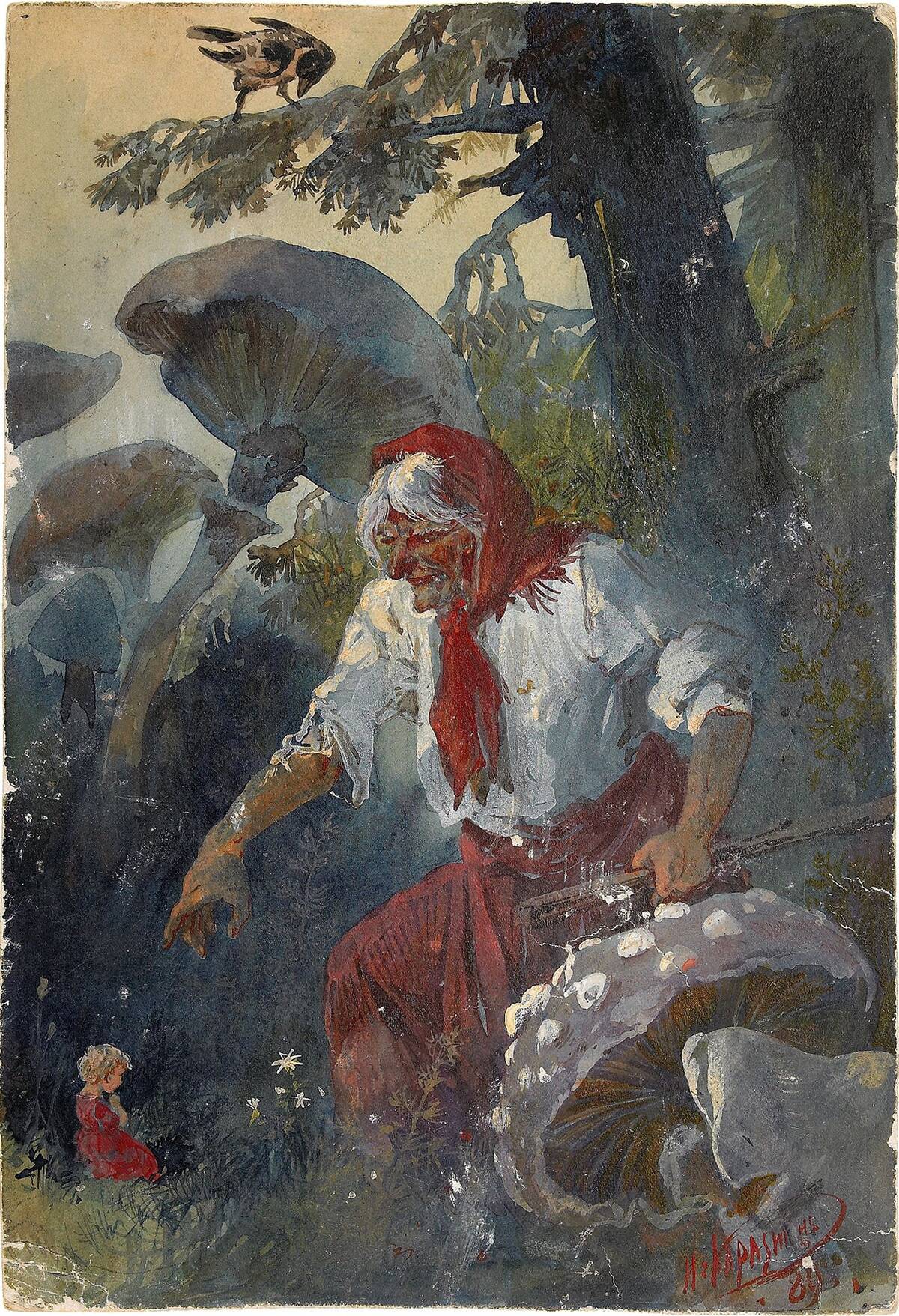
Baba Yaga, the enigmatic witch of Slavic folklore, resides in a hut that stands on chicken legs. Known for her unpredictable nature, she can be both a villain and a helper in the tales she appears in. Baba Yaga’s stories often involve themes of wisdom and transformation, with her character serving as a complex symbol of fear and mystery in Eastern European culture.
The Elusive Mokele-Mbembe of the Congo Basin
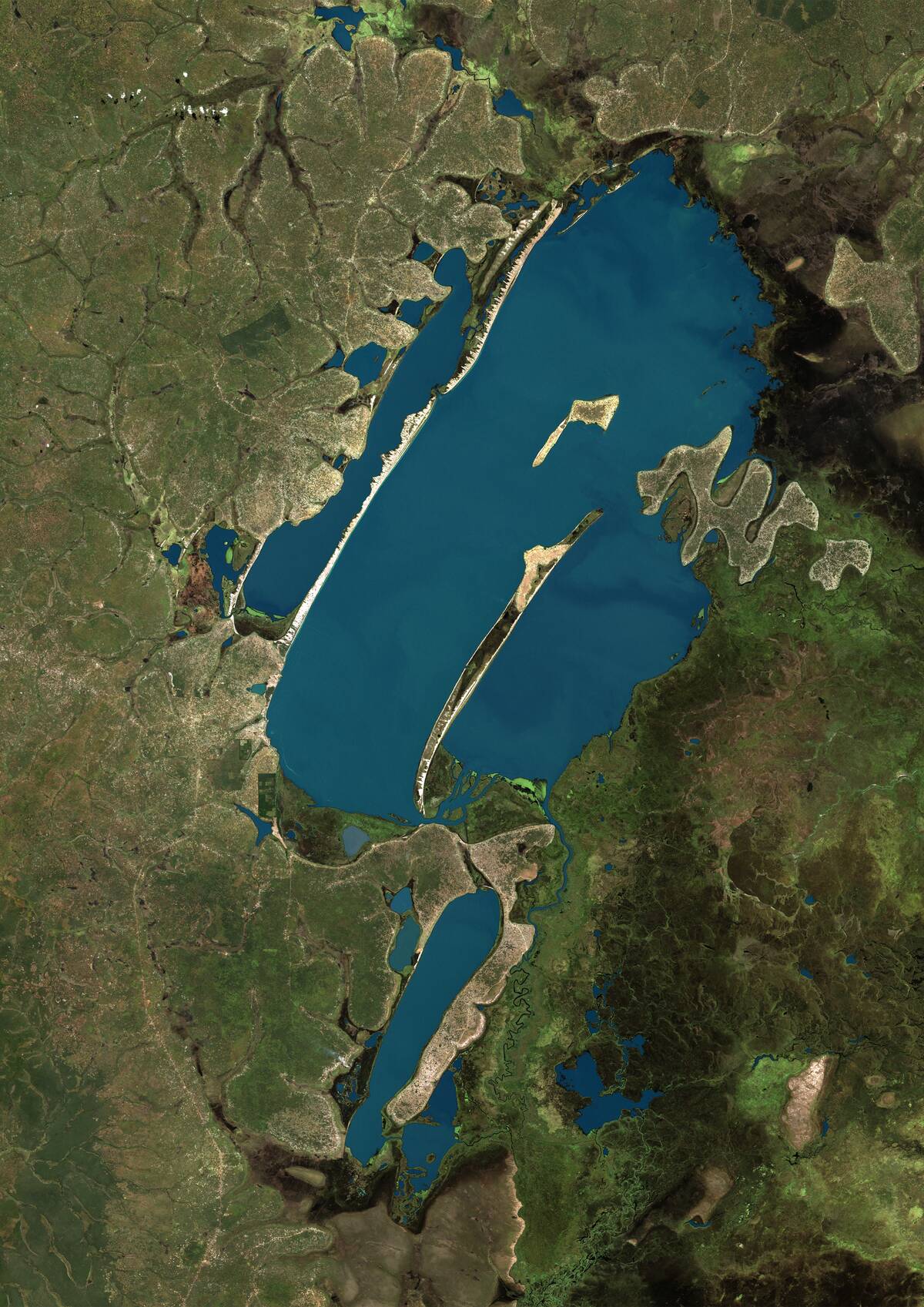
Mokele-Mbembe is a cryptid said to inhabit the remote regions of the Congo Basin. Often described as a dinosaur-like creature, similar to a sauropod, it has captured the curiosity of explorers and cryptozoologists alike. Despite numerous expeditions, concrete evidence of its existence remains elusive, keeping Mokele-Mbembe firmly in the realm of legend and sparking imaginations about the prehistoric past.
The Heroic Beowulf of Scandinavian Legend
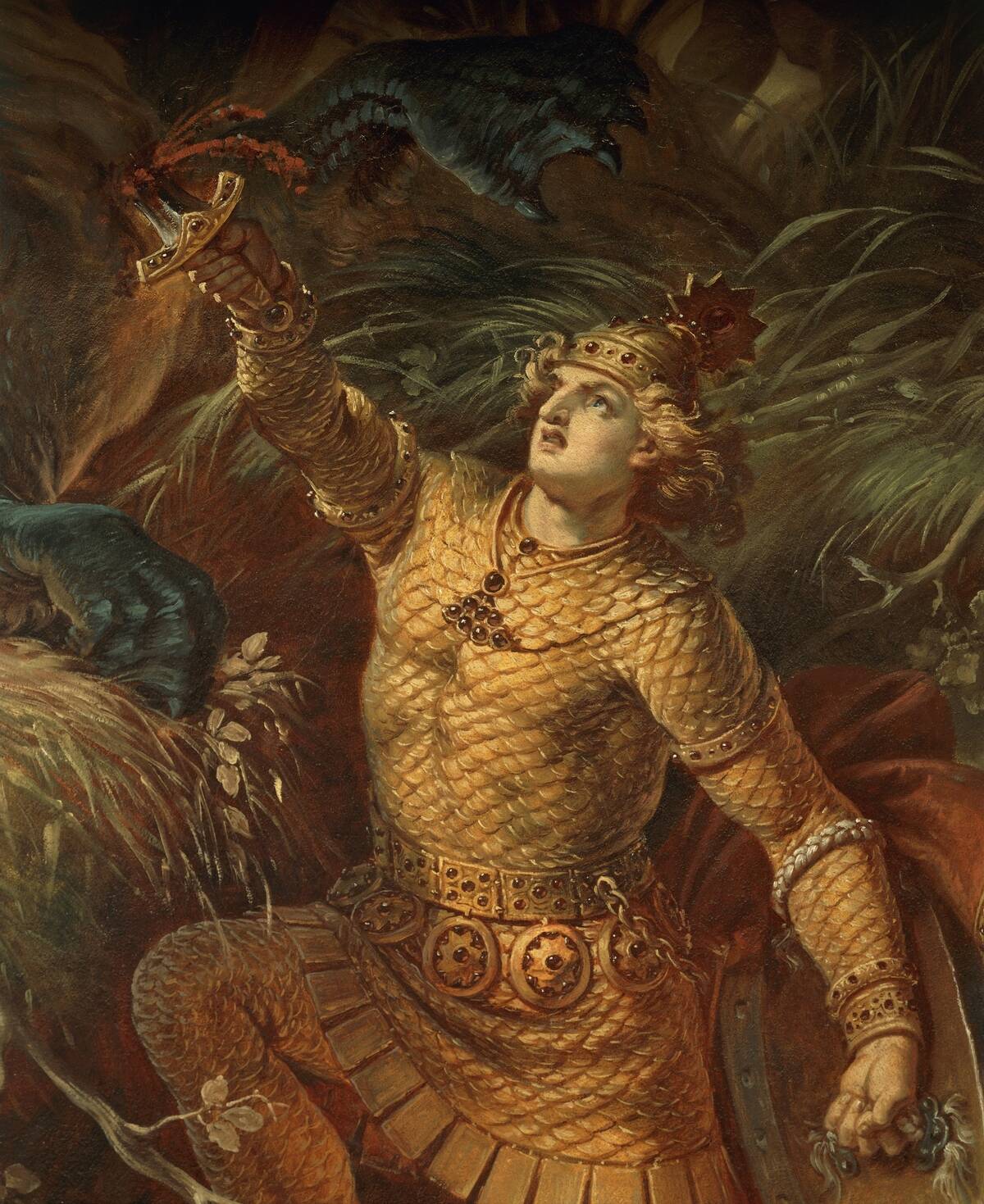
Beowulf, the protagonist of the Old English epic poem, is celebrated for his epic battles with formidable foes like Grendel and a fearsome dragon. His tales of bravery and loyalty exemplify the heroic ideals of Scandinavian culture. The poem, one of the most important works of Anglo-Saxon literature, continues to be studied for its rich storytelling and insights into early medieval society.
The Unyielding Joan of Arc: France’s National Heroine
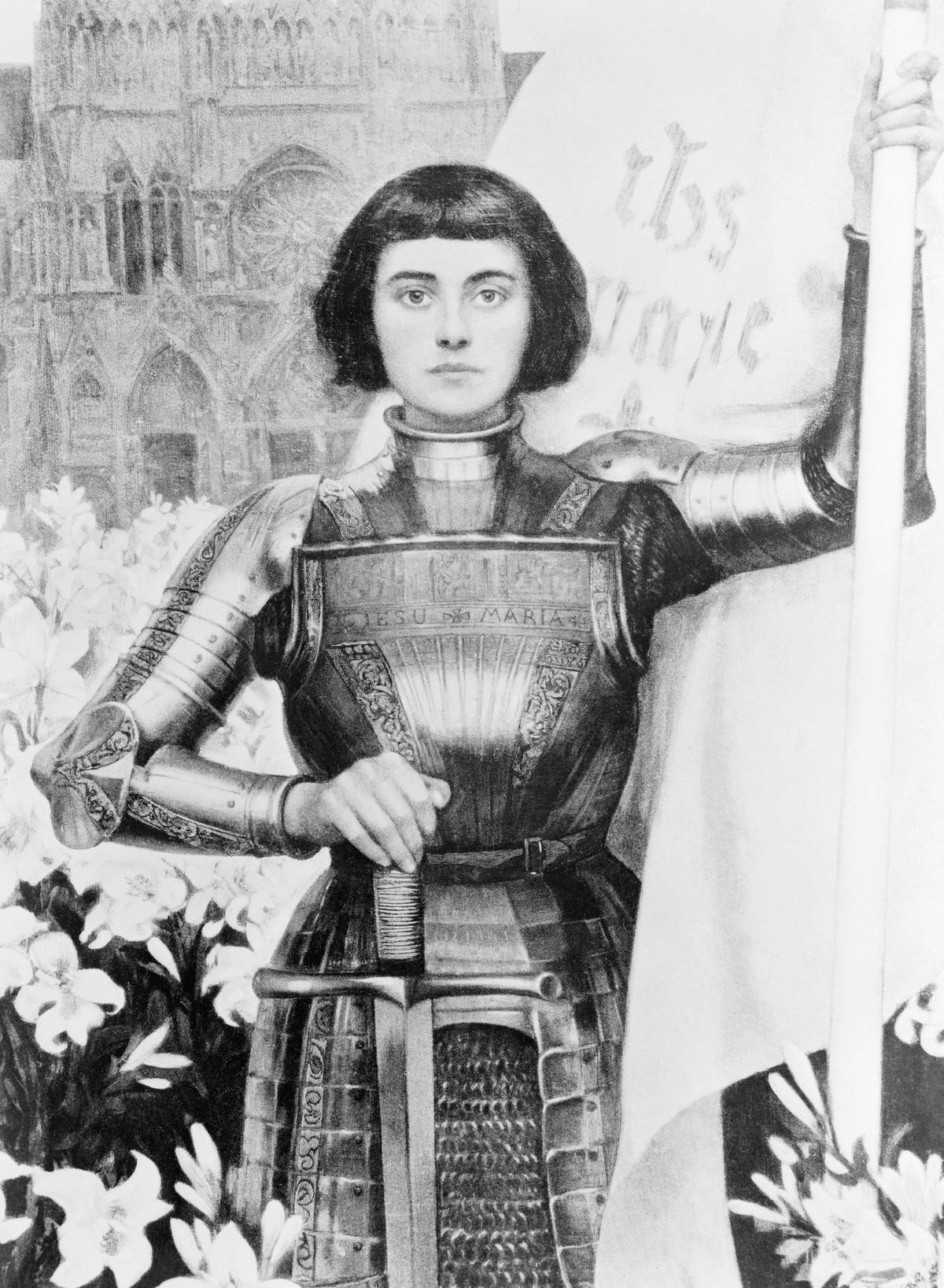
Joan of Arc, the peasant girl who led French forces to victory during the Hundred Years’ War, is revered as a national heroine of France. Guided by visions, Joan’s unwavering faith and determination helped turn the tide against English domination. Her trial and execution only solidified her status as a martyr, and she was canonized as a saint, symbolizing courage and conviction in the face of adversity.
Zorro: The Masked Avenger of California
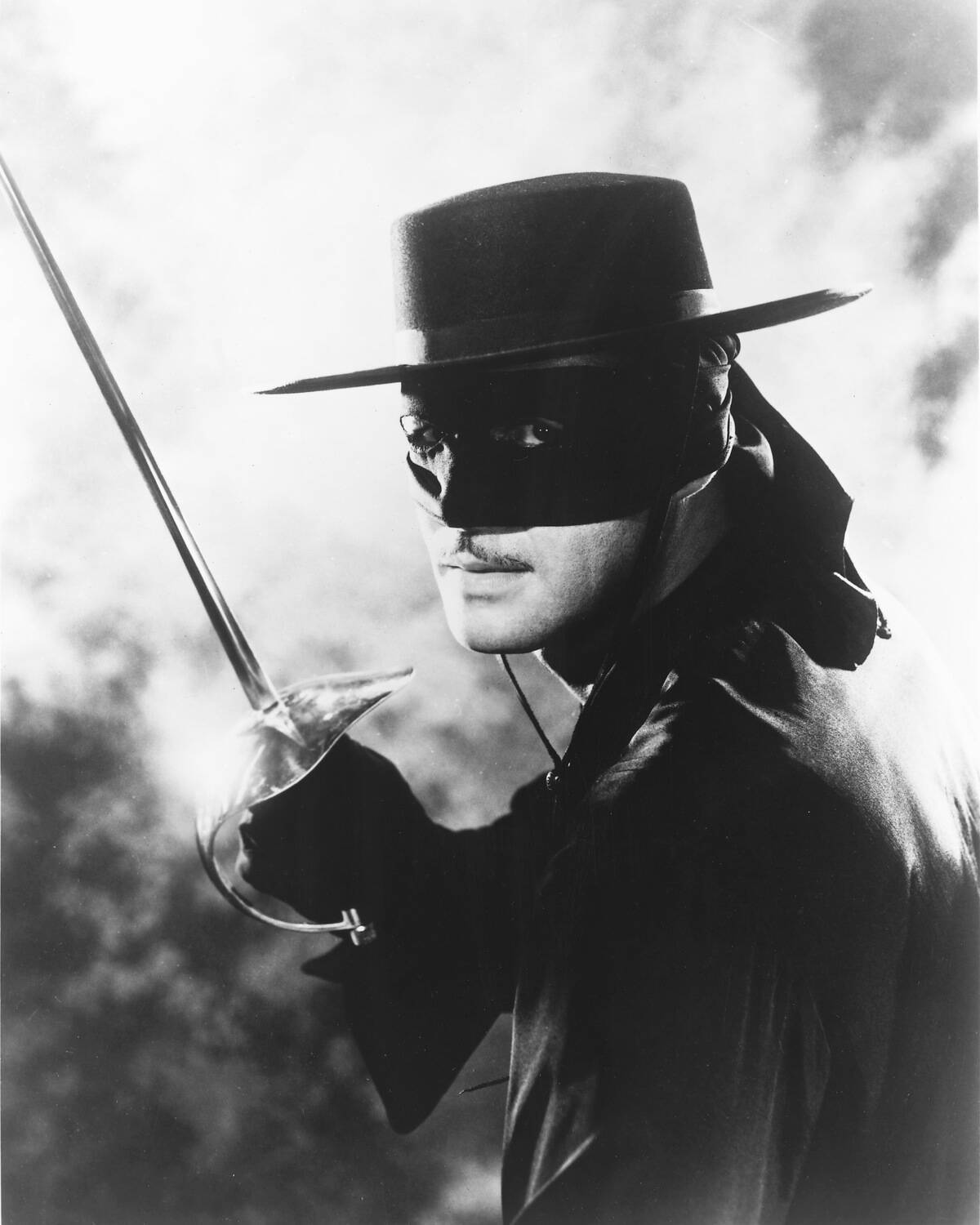
Zorro, the swashbuckling hero of early 19th-century California, is known for his daring exploits and signature mask. Created by writer Johnston McCulley, Zorro fights against tyranny and injustice, leaving his mark with a swift “Z.” His tales, filled with romance and adventure, capture the spirit of resistance and have inspired numerous adaptations, making Zorro an enduring symbol of justice and rebellion.
The Mysterious Loch Ness Monster of Scotland
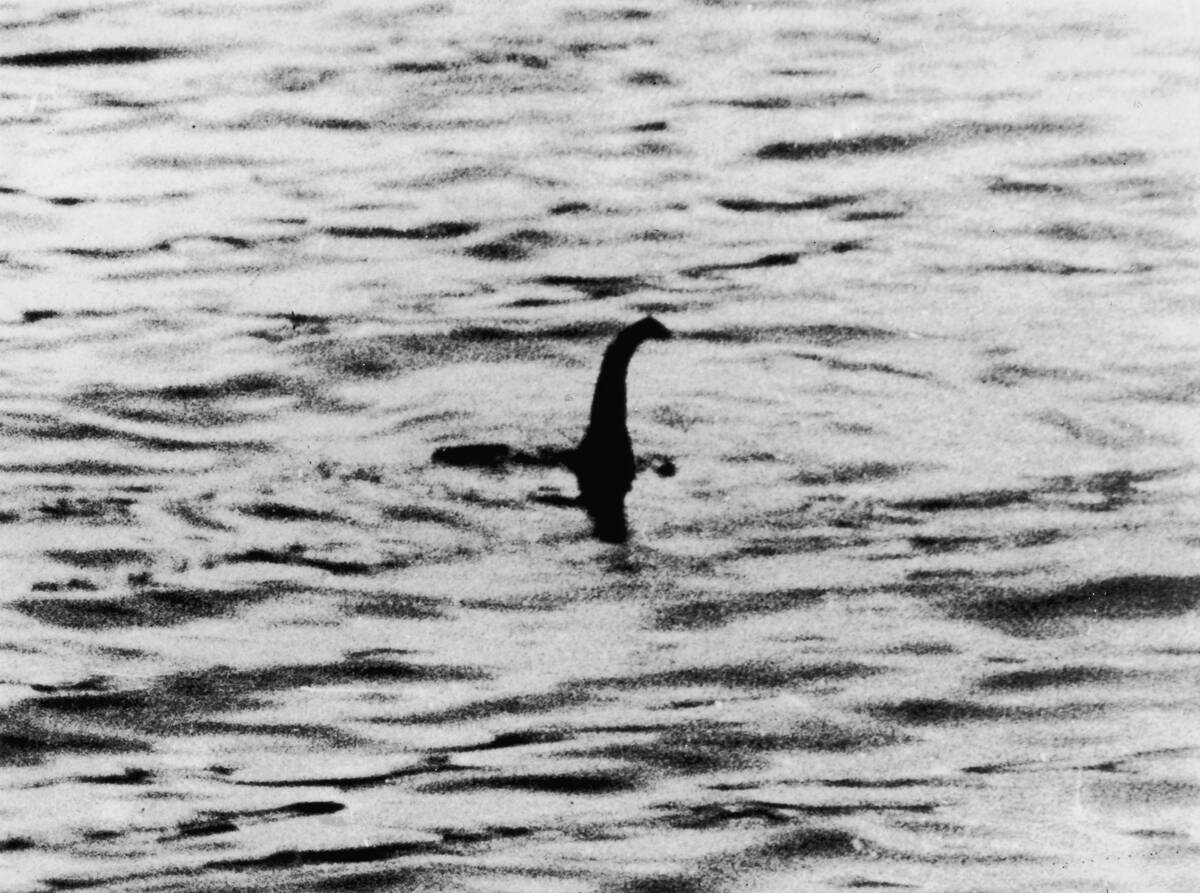
The Loch Ness Monster, affectionately known as “Nessie,” is said to inhabit the deep waters of Loch Ness in Scotland. Sightings of a large, serpent-like creature date back to the 6th century, fueling speculation and intrigue. While scientific expeditions have yet to confirm Nessie’s existence, the legend continues to draw tourists and cryptid enthusiasts, keeping the mystery of Loch Ness alive in popular imagination.



